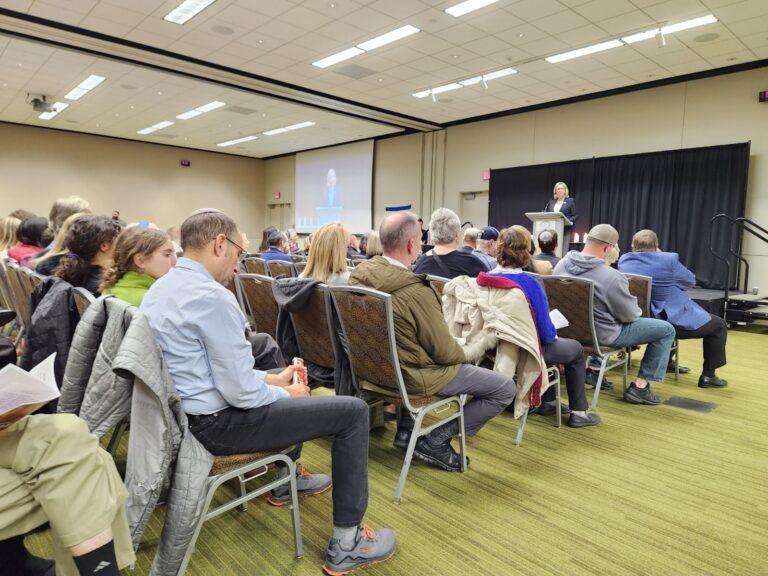The supplemental environmental impact statement for the Ambler Road to the Ambler Mining District was not favorable. The report was released today by the Bureau of Land Management, a division of the Department of Interior.
The road project is proposed by the Alaska Industrial Development and Export Authority (AIDEA). A district court judge sent the matter back for an additional environmental review after the original environmental impact statement in 2020, saying there was inadequate analysis of subsistence impacts under the terms of the Alaska National Interest Lands Conservation Act.
Ambler Mining District is a mineral-rich area that would be able to provide the rare earth and other minerals needed for the Biden Administration’s electric future. Without it, the country will still rely on slave-mined minerals from China. Rep. Mary Peltola has indicated she opposes the road and the mine itself.
The draft supplemental EIS released today analyzes the three route alternatives for the proposed road from the 2020 environmental analysis, as well as a “no action” alternative under which the road would not be permitted. No preferred alternative is identified.
The updated analysis identifies 66 communities whose subsistence activities could be potentially impacted, concluding that any road alternative may significantly restrict subsistence uses in nearly half of these communities.
This nearly triples the number of communities considered, up from 27 in the 2020 analysis. The draft supplemental EIS also contains updated information on potential impacts of the proposed road to caribou and fish populations, and expands incorporation of Indigenous Knowledge gained through consultations, ethnographic interviews, comment letters and testimony, and Regional Advisory Council meetings.
Mining activity and future potential public use of the road are identified and analyzed as reasonably foreseeable, a term that is defined in the National Environmental Policy Act (NEPA) and its implementing regulations and guidance, the BLM said in a statement.
“The latest draft includes additional data and analysis informed by robust Tribal consultation and cooperation, on-the-ground perspectives, and public input,” said BLM Alaska State Director Steve Cohn. “We appreciate the hard work of BLM staff and our partners, and the many Alaska Native Tribes, Corporations and stakeholders who engaged in this updated process. Continued public input and engagement on this draft is critical to ensuring our analysis captures the proposed road’s potential impacts.”
AIDEA proposed Ambler Road to connect the Dalton Highway, which runs from north of Fairbanks up to Deadhorse, to the Ambler Mining District located in northwest Alaska. The proposed route would traverse more than 200 miles across lands managed by the BLM, state of Alaska, Alaska Native Corporations, and through the Gates of the Arctic National Park and Preserve, managed by the National Park Service.
“The additional analysis confirms that this private mining road would be a road to ruin for Alaska’s struggling caribou,” said Cooper Freeman, Alaska representative at the Center for Biological Diversity. “You can’t bulldoze through millions of acres of wilderness, migration routes, rivers and a national park without causing major destruction. The Biden administration should revoke the permits for this harmful road and keep Alaska’s wild places intact.”
The public has 60-days from publication of the draft supplemental EIS in the Federal Register, which is scheduled for next week, to provide comments. The BLM will post the schedule for public meetings, subsistence hearings and other engagement opportunities on the BLM National NEPA Register in the coming days. The BLM will review and consider all input before publishing a final supplemental EIS. The BLM will continue to consult with Alaska Native Tribes and Corporations throughout this process.








